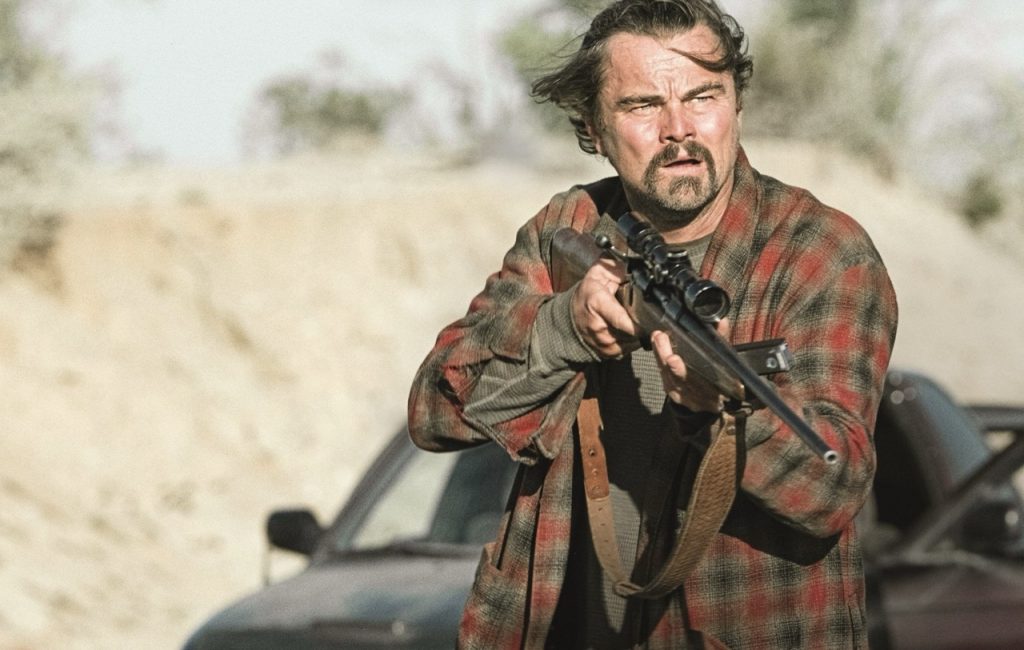 Paul Thomas Anderson has long been hailed as a modern master – and with One Battle After Another, he knocks it out of the park yet again.
Paul Thomas Anderson has long been hailed as a modern master – and with One Battle After Another, he knocks it out of the park yet again.
Following his breakout Boogie Nights (1997) and classics like Magnolia (1999) and There Will Be Blood (2007), Anderson has spent nearly twenty years crafting this tale, loosely based on Thomas Pynchon’s novel Vineland (1990). With a budget north of $120 million, it stands as his most expensive, refined, and polished work yet.
Having seen this film twice now, it’s early to crown it his best, but it’s certainly a contender. Before OBAA, I’d only watched Boogie Nights and There Will Be Blood – often cited as his top two – and I was astonished they came from the same mind. After falling head-over-heels for OBAA, I dove into the rest of his catalogue and discovered what makes a PTA movie unmistakably PTA: character-driven narratives, astonishing attention to detail, and razor-sharp dialogue. One Battle After Another refines those traits while feeling fresh: it’s his first story set entirely in the present day, with a unique structure and tone.
The film kicks off with a 40-minute prologue that, on paper, sounds like a slog in a two-and-a-half-hour movie. In practice, it’s so sharply edited and efficiently told that it never drags – it could be a short film in its own right. We meet the French 75, a revolutionary cell led by two lovers: Pat Calhoun (Leonardo DiCaprio) and Perfidia Beverly Hills (Tiana Taylor). Together, they engage in political violence, liberate detained immigrants, pull off audacious bank heists, and humiliate military officers.
When she and Pat have a daughter, Charlene, betrayal tears the group apart. Pat and the child escape under new identities – Bob and Willa – and vanish into hiding. Sixteen years later, Lockjaw is tipped off to Bob and Willa’s whereabouts. Under the guise of a drug raid, he wages outright war to recapture them. And, true to its title, the film delivers battle after battle – skirmish upon skirmish, each more intense than the last. Anderson paces the action like a maestro, alternating frenetic chases with brief respites so you can catch your breath before the next conflict.
Leonardo DiCaprio – surprise to no one – is fantastic as Bob. He’s the archetype of a panic-stricken screw-up: helpless, stressed out, and perpetually desperate. How he manages to outrun an entire army is part of the film’s irresistible tension. One elongated gag – Bob fumbling for a rendezvous passcode because “I’ve fried my brain on too many drugs” – could be its own comedy feature. Picture The Dude from The Big Lebowski lost in the middle of Heat.
Tiana Taylor carries the first act with a riveting performance that takes you on Perfidia’s entire emotional journey in just a few scenes. Hollywood newcomer Chase Infiniti (great name) debuts brilliantly as their daughter, Charlene/Willa, acting as the film’s big emotive heart. The supporting cast is just as perfectly portrayed. Benicio del Toro turns up as a serene sensei – a calm yin to Bob’s panicked yang – while Regina Hall grounds the ensemble as a French 75 comrade, adding real gravitas to the tension-filled moments.
But Sean Penn steals the show for me. His depiction of Lockjaw is a whale of a performance: hyper-masculine, obsessively twisted, and darkly comic. On paper, he’s the devil incarnate – his intentions vile and at times sickening, nodding to real-world horrors. However, Penn’s portrayal is so devilishly freaky and hilariously warped that you can’t look away – his physicality alone had me wincing out of laughter and sheer cringe. This is a shoe-in for a Best Supporting Actor Oscar.
Shot on 35 mm using VistaVision cameras, the film looks stunningly vibrant yet unapologetically gritty. Robert Elswit’s practical lighting – street lamps, neon signs, car headlights – means some night shots flirt with over-exposure or plunge into darkness, but that raw imperfection makes the nonstop action feel lived-in and immersive. Wide vistas capture sweeping guerrilla engagements; intimate close-ups reveal every flicker of fear.
Johnny Greenwood of Radiohead, a frequent PTA collaborator, returns with an irresistibly unique score. Exchanging his signature sweeping strings for a battered piano, Greenwood uses the instrument’s entire range. Sometimes it repeats playful, soft one-note motifs; at other times, it vamps like a seasoned jazz musician having a nervous breakdown. At one point, there’s a 20-minute sequence of near-atonal controlled chaos that is equal parts thrilling and anxiety-inducing.
At its core, One Battle After Another is about family, trauma, and the cycle of violence. Bob and Willa’s strained but oddly charming father-daughter bond provides the emotional through-line. The film tackles intergenerational trauma and the struggle against authoritarianism head-on. At one point, Penn’s character is infatuated with impressing a white-supremacist cult, which is played for laughs and horror, a narrative magic trick that exposes real evil while delivering dark comedy.
Despite all the carnage, the film is deeply hopeful. It shows how love and resilience can endure – even thrive – in a fight against evil. Despite its weighty themes and epic runtime, the film flows effortlessly – proof that masterful filmmaking doesn’t have to feel heavy. Anderson never talks down to you; he simply invites you on a wild ride. As of this writing, it’s PTA’s highest-grossing film and already feels destined for cult-classic status, not just within his filmography, but in modern cinema at large
If I haven’t made it obvious, I won’t mince my words any further – One Battle After Another is pure cinematic joy. It’s emotive, jaw-dropping, and leaves you itching to see it again immediately. I’ve watched it twice – once in VistaVision, once in IMAX – and I’m desperate for a third viewing. For all its technical marvels and narrative mastery, it simply reminds you of what films can be: pure escapism.
Author: Elliot, Holborn Store







